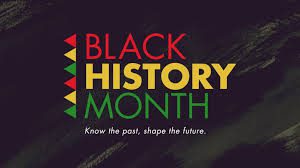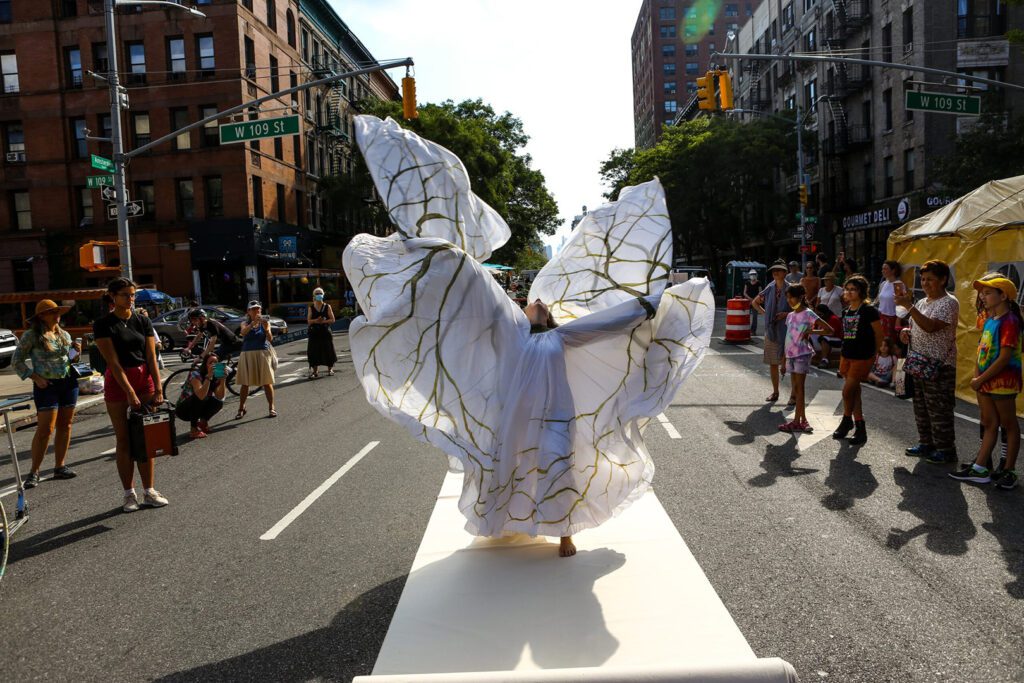
Last month I saw “If Beale Street Could Talk,” a film directed by Barry Jenkins based on James Baldwin’s novel of the same title. Published in 1974 and set during that time in New York City, it felt contemporary. A young Black man is framed by a white police officer for a crime he didn’t commit, spends time in jail while his family tries unsuccessfully to mount a defense, and finally accepts a plea bargain that commits him to years in prison. This 45-year old story is still today’s reality: an estimated 98 percent of criminal cases are resolved by plea bargains; an unknown percentage of the incarcerated are innocent.
My companions were two dear friends: Lisa, the mother of my son’s elementary school friend, and Victoria, my daughter’s high school friend. We had all decided that we wanted to see the film, but not alone; we would be there for each other. I wept but my friends, having grown up Black in Boston and Brooklyn, did not. “That’s our life every day. We can’t afford to get emotional. We have to stay strong.”
Victoria drove home, and I walked with Lisa to her front door where over twenty years ago her son was stopped after school and accused by a phalanx of police officers of having stolen a car. “This was before I had given him ‘the talk’ that my brothers had at an earlier age,” she told me. “But I figured that he wouldn’t need it in this neighborhood.” (We both live in Park Slope, Brooklyn. Lisa’s family home in Boston was firebombed twice, and she and her siblings were often brutally harassed.) It wasn’t until a tenant in their building, a white woman, identified her son and challenged the police that he was released and allowed to go inside.
As we consider criminal justice reform, in light of the passage of the Bipartisan Revised First Step (Formerly Incarcerated Reenter Society Transformed Safely Transitioning Every Person) Act of 2018 (S.3649) in late December, we need to take a close look at our history. This law targets federal prisons — which incarcerate more than 180,000 individuals — and would allocate more funding to anti-recidivism programs, make certain offenders eligible for early release, reduce mandatory-minimum sentences for some drug crimes and apply the Fair Sentencing Act of 2010 retroactively. It also bans, under most circumstances, the shackling of pregnant inmates and mandates that individuals could not be incarcerated more than 500 miles away from their immediate families. Because most crimes are prosecuted locally, this law barely makes a dent in the country’s overall prison and jail population of almost 2.2 million, but it could help to set a standard. (By the way, the United States makes up about 5% of the world’s population and has 21% of the world’s prisoners.)
Elizabeth Hinton, author of From the War on Poverty to the War on Crime: The Making of Mass Incarceration in America (Harvard University Press, 2016) and one of the nation’s leading experts on the history of criminalization and mass incarceration, said in an interview: “Consistently, and across political and ideological lines, policymakers have been unwilling to disrupt the racial and class hierarchies that have defined the United States historically. The view of black poverty as the product of black cultural pathology—the guiding principle of domestic urban policy beginning in the 1960s—limited the War on Poverty’s possibilities. And throughout the 1970s, even when community-based law enforcement programs and alternatives to formal incarceration proved to not only be cost-effective, but to also respond to the problem of crime far more effectively than the dominant strategies policymakers embraced, officials cut these initiatives short or installed them in rural and suburban communities.”
The NAACP has documented the racial disparities in incarceration:
- African Americans are incarcerated at more than 5 times the rate of whites.
- The imprisonment rate for African American women is twice that of white women.
- Nationwide, African American children represent 32% of children who are arrested,
42% of children who are detained, and 52% of children whose cases are judicially
waived to criminal court. - African Americans and whites use drugs at similar rates, but the imprisonment rate of African Americans for drug charges is almost 6 times that of whites.
Paul Butler, author of Chokehold: Policing Black Men (The New Press, 2018), wrote “Cops routinely hurt and humiliate black people because that is what they are paid to do. The police, as policy, treat African-Americans with contempt.” He agrees with Hinton that short-term reforms haven’t brought about long-term change and concludes that “In order to halt this wretched cycle, we must not think of reform — we must think of transformation. The United States of America must be disrupted, and made anew.”
The day after seeing the film, I read Baldwin’s novel. It is poignantly narrated by Tish who, in the opening pages, tells her boyfriend Fonny, who is in jail, that they are going to have a baby. “I’m glad,” she tells him. “Don’t you worry. I’m glad.” They are facing each other through a wall of glass and speaking through telephones. I was struck by her words in both the novel and the film: “I hope that nobody has ever had to look at anybody they love through glass.”
In this month designated as Black History Month, let us work to make sure that history does not again repeat itself, to think of transformation, and to keep people from looking at someone they love through glass.







